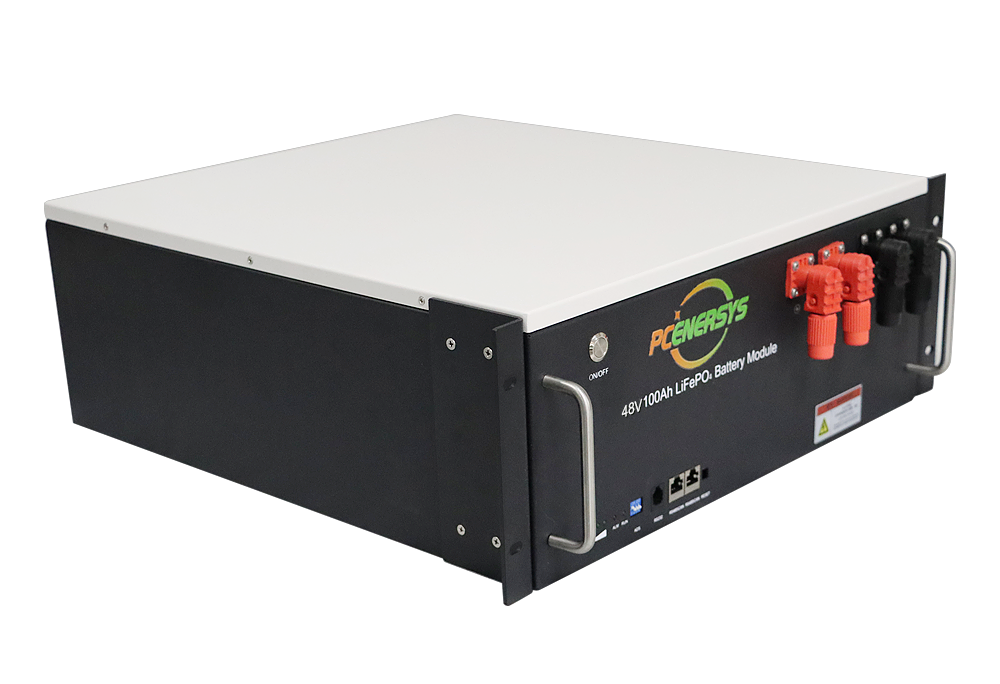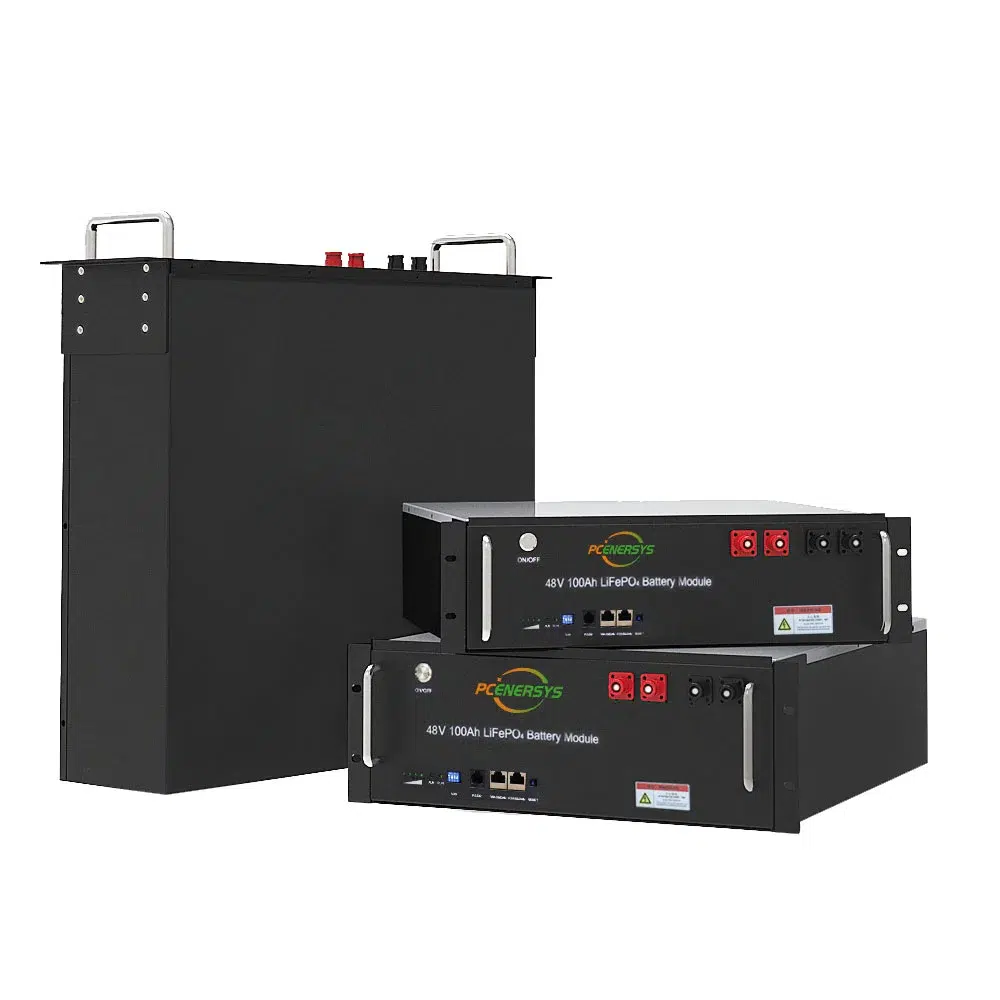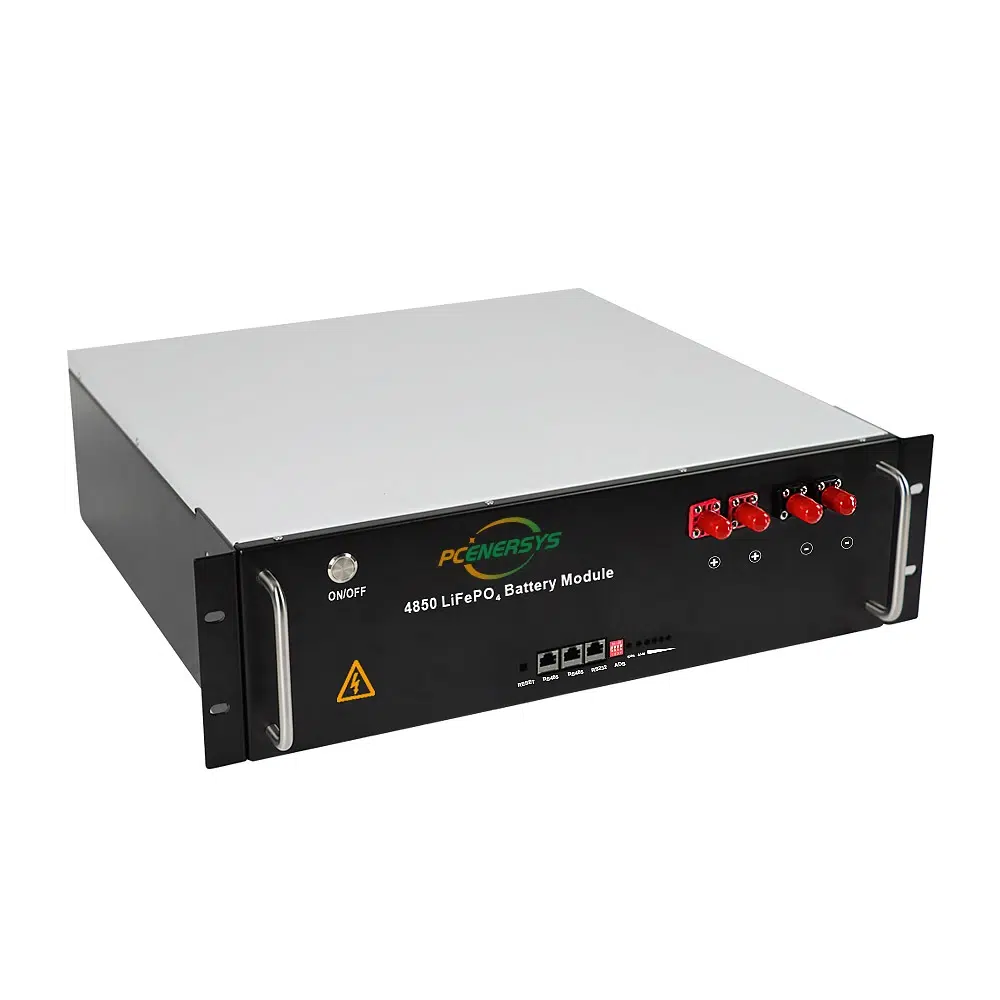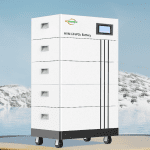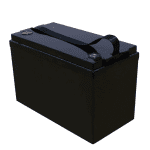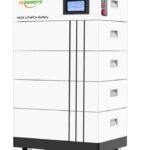The 100Ah energy storage LiFePO4 battery represents reliability and efficiency and can provide a critical energy supply. Maintaining balance becomes vital when considering how research can maximize its potential. Here, we’ll give you practical tips on how to keep your 100Ah energy storage LiFePO4 battery optimally balanced.
Understand the balance dynamics of 100Ah energy storage LiFePO4 battery
The science behind 100Ah energy storage LiFePO4 battery balancing revolves around understanding the electrochemical reactions within each cell. Over time, changes in temperature, usage patterns, and manufacturing differences can cause imbalances in battery voltage and state of charge. To solve these problems, we can integrate complex balancing systems. These systems employ advanced electronics, including monitoring circuits and control algorithms. Monitoring circuitry continuously evaluates each cell’s voltage, temperature, and state of charge. Control algorithms then coordinate the energy redistribution within the battery pack to ensure each cell operates within optimal voltage and charge and discharge parameters. The basic principle is to prevent them from overcharging or over-discharging, which can lead to capacity degradation and safety issues. Maintaining balance optimizes its overall performance, and its service life is extended.
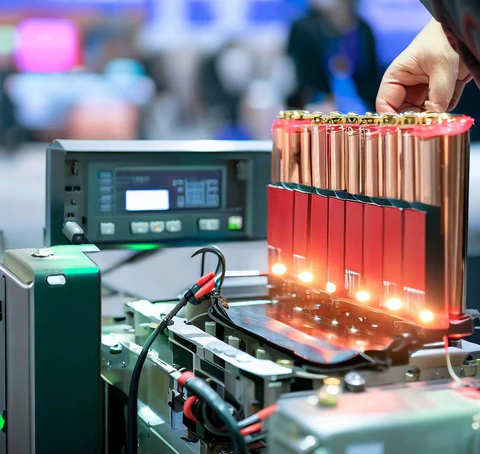
Strategies to Keep a 100Ah Energy Storage LiFePO4 Battery Balanced
Choose gradual charge and discharge cycles to reduce stress on the battery. Avoid rapid charging or discharging, as this helps maintain even performance and minimizes wear and tear on individual cells. Encourage consistent charge and discharge patterns between 100Ah energy storage LiFePO4 batteries. Irregular use can cause imbalance, while establishing a uniform cycle helps maintain balanced performance over the battery’s life. An advanced BMS is used to monitor and adjust the status of each battery. BMS ensures that the battery operates within the specified voltage and charge and discharge range during charging.
Controlled discharge of 100Ah energy storage LiFePO4 battery
Controlled discharge involves managing the load applied to the battery. By ensuring a consistent and regulated load profile, batteries experience more predictable discharge patterns, reducing the risk of sudden and uneven stress on individual cells. A key aspect of controlled discharge is maintaining an even battery voltage. By regulating the discharge rate, each cell experiences a consistent voltage drop, minimizing the potential for cell imbalance.
Controlled discharge strategies include setting the discharge cut-off voltage to prevent over-discharge. This precaution prevents damage to individual cells, ensuring they remain within safe operating limits and supports long-term equilibrium. Regulating the discharge process ensures that energy is extracted evenly from each cell. This prevents specific cells from delivering disproportionate energy, reduces wear on particular cells, and promotes uniform aging.
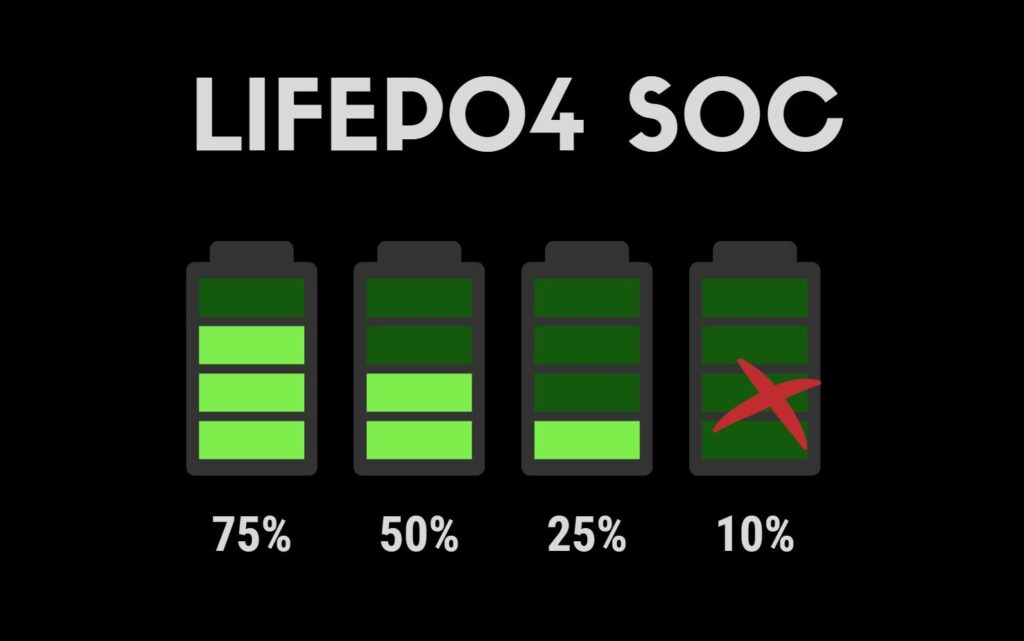
Balancing technology for aging batteries
Implementing advanced capacity estimation algorithms helps accurately assess the remaining capacity of aging batteries. This information enables the BMS to adjust charge and discharge thresholds to prevent overcharging or over-discharging, which can exacerbate aging effects. Aged 100Ah energy storage LiFePO4 batteries are more susceptible to temperature changes. Temperature compensation technology adjusts charge and discharge rates based on real-time temperature measurements, minimizing the impact of temperature-related aging effects. Additionally, we can tailor charge and discharge cycles to the specific characteristics of an aging battery to help optimize its cycle life. Customized cycling strategies, such as partial cycling and controlled discharge depth, can reduce battery stress and extend its overall life.
How to ensure the safety of the balancing process?
An integrated temperature sensor monitors the heat generated during the balancing process. Implement a temperature control mechanism to prevent overheating, which can compromise the integrity and safety of the 100Ah energy storage LiFePO4 battery. Establish voltage limits to prevent overcharging during balancing. By setting safety thresholds, the BMS ensures that individual cells do not exceed their specified voltage, reducing the risk of thermal runaway or other safety hazards. Throttling can also be implemented to control the rate at which balancing occurs. This prevents rapid energy transfer between cells, minimizing the risk of overheating and maintaining a controlled balancing process.
Keep your battery balanced for the long term
Keeping the 100Ah energy storage LiFePO4 battery balanced is a process that optimizes performance and ensures longevity. The article lists the best charging and discharging practices and the implementation of active monitoring. Through step-by-step practice, our users can maximize the functions of batteries and extend their service life.

